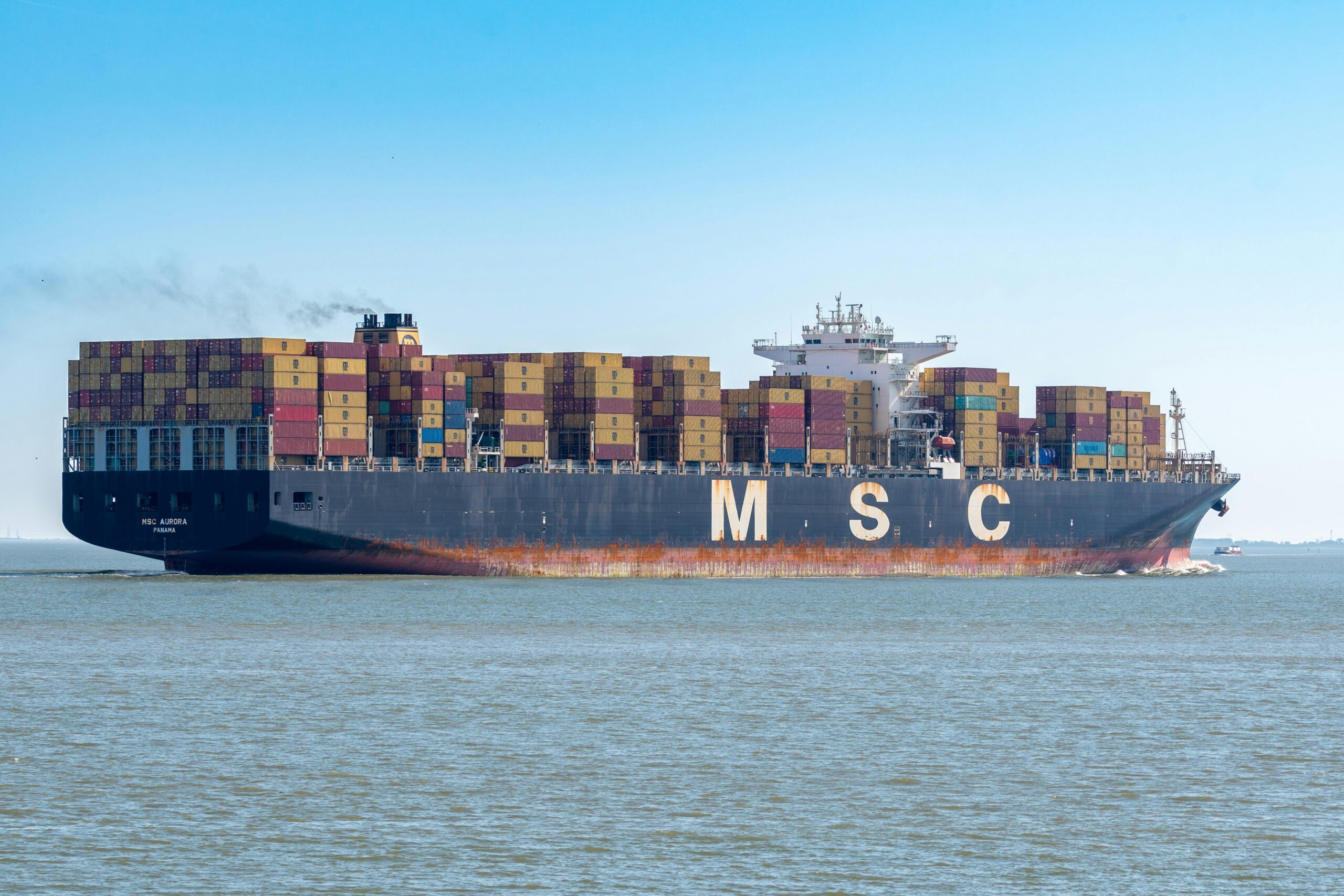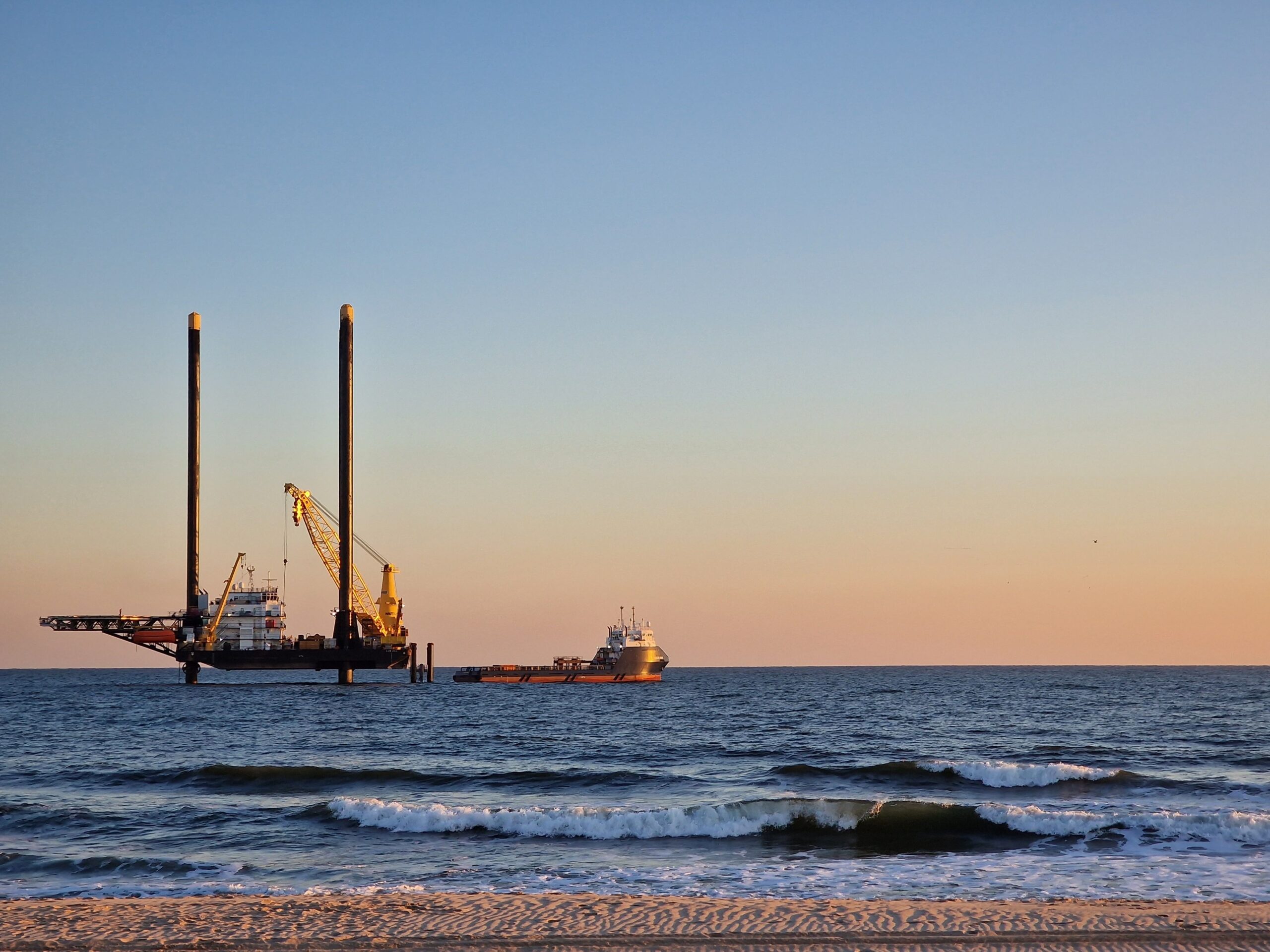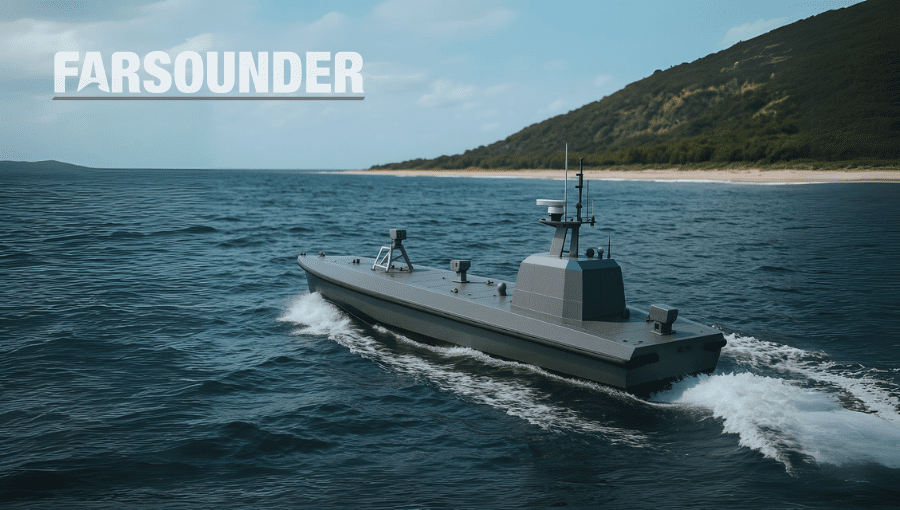Sitting about 12 miles off the Louisiana coast near the mouth of the Mississippi River, an abandoned well has been spilling oil into the Gulf of Mexico for the past 18 years. This is the longest-running oil spill in U.S. history and is still ongoing at the time of this writing.
Left unchecked, it could continue to spill oil into the ocean for another 100 years.
It all started in 2004 when Hurricane Ivan struck the Gulf of Mexico, passing within about 62 miles of a fixed offshore platform owned by Taylor Energy. It hit as a Category 3 hurricane, bringing 145-mph winds and 70-foot ocean swells that caused an underwater mudslide—ultimately capsizing the rig and moving it about 560 feet before it was buried beneath 150 feet of mud on the ocean floor. At least 28 oil wells were exposed.
Taylor Energy reported the leaks and attempted to stop them, but they were unsuccessful.
Six years passed.
The wells continued to leak into the Gulf.
Although the abandoned wells were spilling oil at an estimated 1,000 gallons a day, the public was largely unaware of the matter. It wasn’t until 2010 that those monitoring the Deepwater Horizon oil spill noticed a persistent sheen marring the water where the Taylor Energy platform once stood. This brought public attention to the spill and renewed cleanup efforts, but further attempts to plug the wells were futile.
Nine more years passed. Finally, in the spring of 2019, a complex underwater containment system was installed to siphon out and capture the oil as it spilled from the wells. The system was the first of its kind. It was the brainchild of the U.S. Coast Guard and a team of leading engineers determined to find a way to stanch the spill that had been polluting the Gulf of Mexico for the past decade-and-a-half. The wells were not fully decommissioned and plugged, but the oil is now being captured and contained.
In all, it’s estimated that the Taylor Energy spill has released up to 140 million gallons of oil to date.
Not all stories of abandoned and orphaned offshore wells are like Taylor Energy’s. Some have been decommissioned the right way, while others are long forgotten and pose unknown environmental and marine life risks. Inadequate records and limited monitoring have made it challenging to accurately track the number of abandoned wells and whether they’ve been adequately plugged.
According to the Bureau of Ocean Energy Management, however, more than 32,000 of the 55,000 offshore wells across the 10.9-million-acre Outer Continental Shelf are abandoned or orphaned.
But why? How can tens of thousands of oil wells sit out in the Atlantic, Arctic, and Pacific Oceans without demanding further attention or accountability?
Offshore wells are abandoned when they do not produce enough to offset operating costs. Some wells never produce at all. Some “dry up,” their accessible reserves exhausted based on current extraction methods. Some of these wells are temporarily abandoned, with the idea or promise that the owner will return to attempt extraction sometime in the future. Yet, the average length of time since the 3,364 “temporarily” abandoned wells in the Outer Continental Shelf were last drilled is 38 years.
Wells are considered orphaned when they have no owner. Offshore oil wells are often orphaned if the companies that own and operate them go bankrupt or close their doors for any other reason. With no known owner, orphaned wells present significant challenges when it comes to shutting in and decommissioning them.
Decommissioning an offshore well is expensive and difficult. In the case of the Taylor Energy oil spill, worker safety and environmental concerns stopped attempts to dredge the seafloor and access the wells, which lay about 500 feet below the surface. The state has already spent about $64 million decommissioning Platform Holly off the coast of California, a cost the state must now bear after the platform’s owner, Venoco, filed for bankruptcy. The total cost of decommissioning the platform is expected to reach about $350 million. California is also shouldering the cost of decommissioning orphaned wells on the Rincon Pier after their operator filed for bankruptcy. The state has appropriated more than $50 million in funding for the project thus far.
Offshore operators are supposed to put up surety bonds to cover the costs of decommissioning abandoned or orphaned wells. Still, these stand little chance of covering the full extent of the problem. According to the U.S. Government Accountability Office, the Department of the Interior held $2.9 billion in bonds in 2015, but decommissioning liabilities reached $39.9 billion that year—and that was just in the Gulf of Mexico.
Ideally, offshore companies would be held accountable for cleaning up their messes.
That includes appropriately decommissioning wells.
In March 2022, the U.S. Department of Justice reached a $476.3 million settlement with Taylor Energy concerning the company’s 18-year oil spill. $432 million will be transferred to the Bureau of Ocean and Energy Management to cover the costs of finally plugging the wells on the seafloor. All of Taylor Energy’s remaining assets will be allocated as follows: $12.8 million will go to the U.S. Coast Guard as reimbursement for past expenses, $15 million will be paid as a civil penalty under the Clean Water Act, and $16.5 million will be paid to Natural Resource Damages and used for local natural resource restoration projects.
This is a step in the right direction, but we still have a long way to go. Stricter regulations and better enforcement of existing offshore policies, as well as more funds allocated to well decommissioning and cleanup efforts, will be needed to make a real impact on the 32,000 abandoned and orphaned offshore wells littering our oceans—and ensuring they pose no additional risks to our planet and our people.
###
Arnold & Itkin is a maritime law firm that has been representing offshore workers since 2004. The firm’s trial attorneys have secured unmatched victories across their practice areas, setting and breaking records nationwide for the life-changing verdicts and settlements they’ve secured for their clients. The firm represented one-third of the Deepwater Horizon crew after the rig exploded in 2010, widows of El Faro crew members who were lost when the vessel went down in Hurricane Joaquin in 2015, and countless others who needed help after the worst injuries and losses. The firm will continue to fight for what’s right. No matter what.
Sign up for our newsletter

 Join The Club
Join The Club











